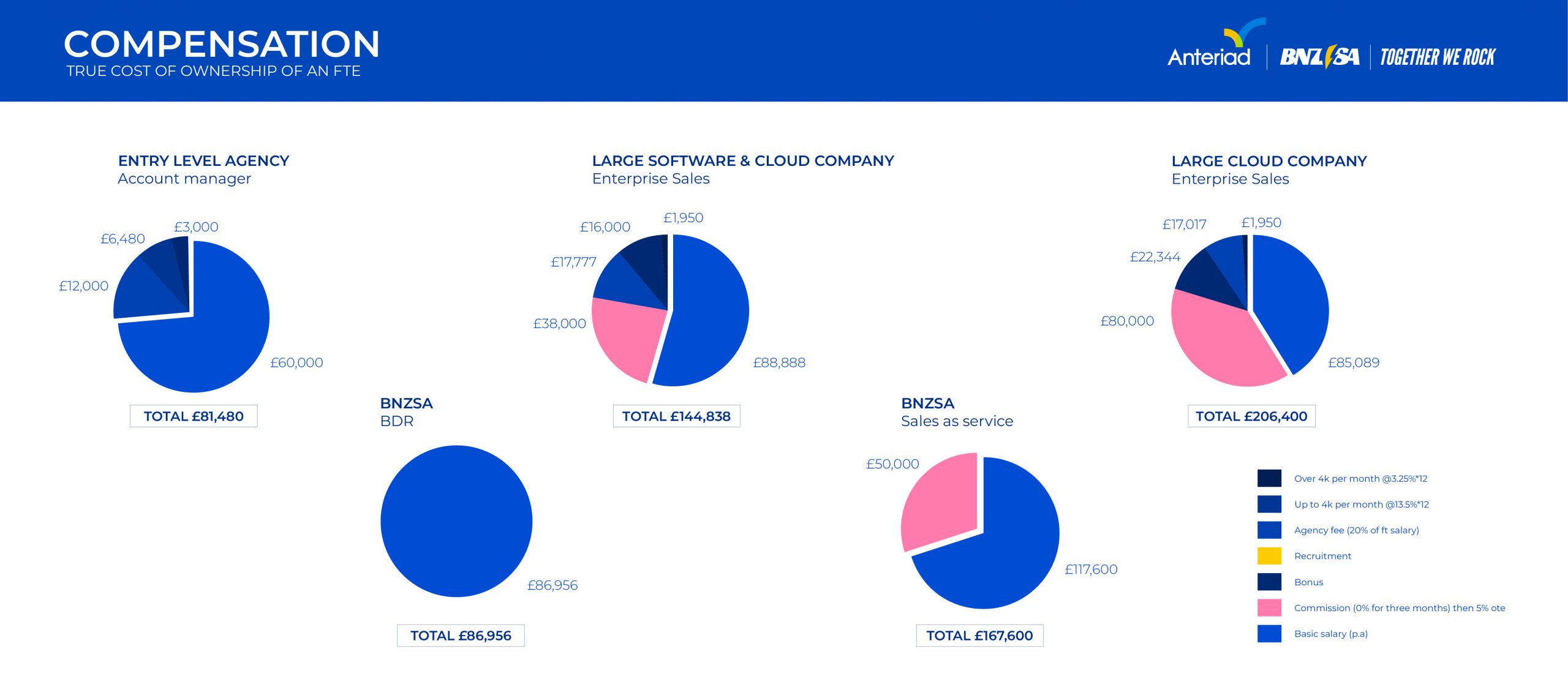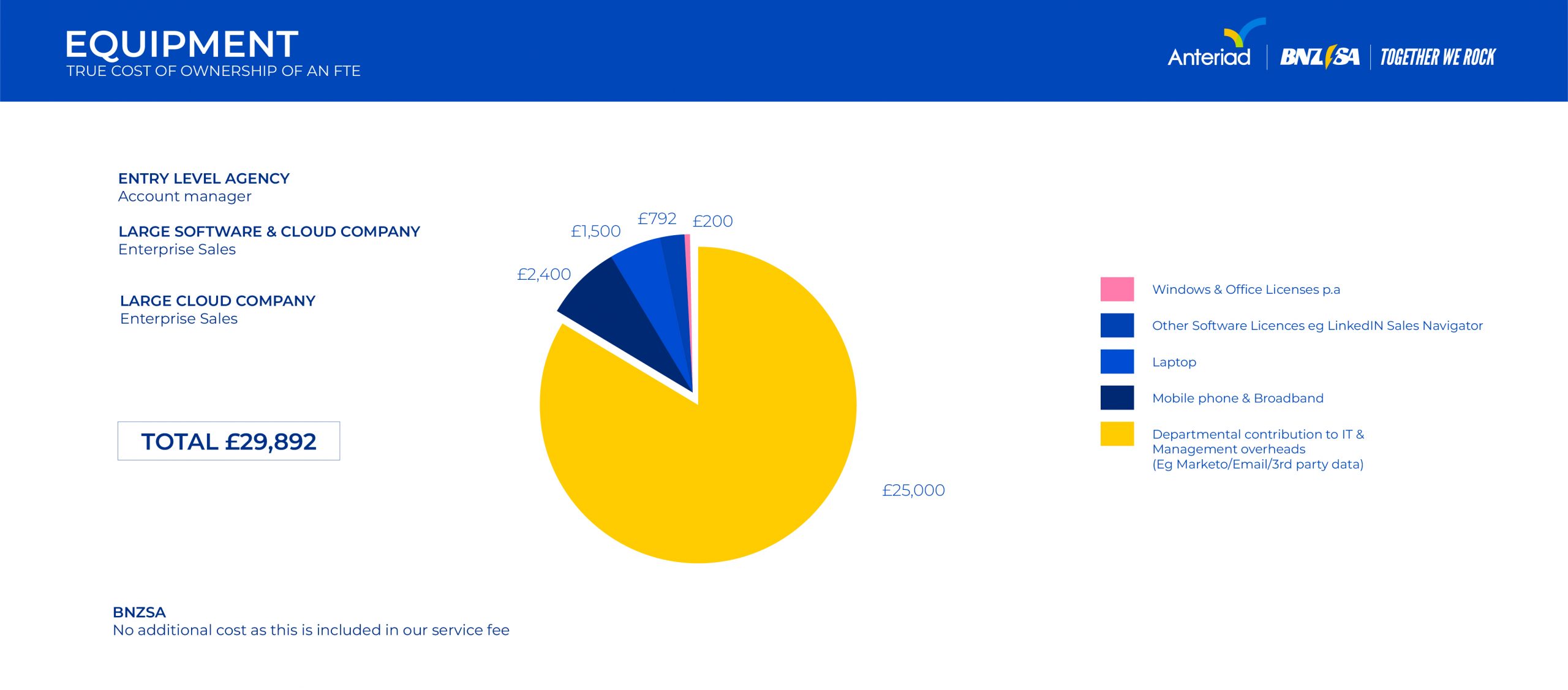Maximising event follow-up with Lead Verifyr
Post-pandemic it’s easy to assume that everything has moved online, but when it comes to B2B, and especially the IT channel, face-to-face events are back in full swing, and they play a significant role in driving meaningful customer experiences and organization success.
According to a survey conducted by Bizzabo in June 2023, 81.7% of event organizers stated that at least half of their B2B events are in person. And most vendors have traditionally spent a large majority of their marketing development funds (MDF) on events for their partners.
Live events are a crucial part of B2B marketing strategies, and 60% of marketing leaders plan to incorporate them into their outreach programmes in the next year.
Although events are seen as an important strategy for lead generation of quality opportunities, organizing events can be resource heavy for both marketing investment and human capital– securing a slot, sponsorship fees, branded merchandise for attendees, travel costs, accommodation, entertainment costs and of course your employee’s time are all considerations to juggle when putting on an event. Against these upfront costs, there is also the constant pressure to demonstrate ROI by not only attracting a lot of attendees, but the right attendees that will convert to revenue.
Pre-event steps to find and engage the right people:
Identifying and engaging relevant prospects is key to increasing not only event attendance but also customer experiences with your brand. Here are some steps you can take pre-event to maximise engagement:
- Verify Target Account List: The first step in any successful B2B event marketing strategy is ensuring you are targeting the right accounts. Utilize data-driven techniques and market research to refine your list. This may include analyzing past attendee data, studying your existing customer base, and leveraging industry insights to identify the most relevant accounts. A verified target account list sets the stage for a successful event by ensuring that you are connecting with the businesses most likely to benefit from your offerings.
- Identify Buying Committees: It is crucial to identify and engage the entire buying committee for each target account. Research key stakeholders within the organization, including decision-makers, influencers, and gatekeepers. Tailor your pre-event messaging to resonate with each of these personas, addressing their specific pain points and priorities. This approach ensures that your outreach is comprehensive and speaks directly to the needs of all involved parties.
- Secure Prospect's Consent: Securing consent pre-event is key to engaging with attendees before the event. This can be done by telemarketing and programmatic campaigns which simultaneously build brand awareness, awareness of the event and allow you to gain attendees consent to be contacted.
- Engage Pre-event: Once you have confirmed consent, engaging with prospects before the event is essential to encourage attendance, and confirm face-to-face meetings. Use this opportunity to nurture prospects and educate them on your products and services so they have a strong familiarity with your brand before they arrive at your stand.
Post-event follow-up with Lead Verifyr
The end of the event does not signal the end of your engagement with attendees. Follow-up after an event is imperative to generate true ROI and convert attendees to valuable customers.
Lead Verifyr by BNZSA is powered by our team of highly trained BDRs and is designed to make your pipeline work harder and is the perfect solution to maximise post-event conversion rates.
Once an event is over, our BDRs will contact the list of attendees who engaged with our client pre-event or at the event itself. By calling on the client’s behalf, our BDRs will be able to verify that the contact information provided is correct. This engagement enables our agents to interact with the prospect on a deeper level, fully understand their motives and needs, and gather insights into buying committees and purchasing processes.
Those contacts who are identified as being a tangible sales opportunity will be invited to a three-way call with both BNZSA’s BDR and a sales representative from the client, using BNZSA’s unique Warm HandoverTM (WHOTM) method.
Clients can then concentrate on opportunities that are more likely to convert to closed won deals rather than losing time and resources following-up with irrelevant contacts.
Lead Verifyr for Events - A Case Study
Campaign Objective:
Verify and identify sales opportunities from a list of 245 leads generated across 39 regions globally from an Integrated Systems event in Q1 provided to us by our client.
What we did:
As the prospects were based across EMEA, we launched BDR support in 5 local native languages – French, Spanish, Portuguese, Italian and English. Any prospects contacted in a non-native language were contacted in English.
BDRs connected with event attendees to verify all contact information, and to understand the prospects’ profiles, their needs, and to identify buying committees and any tangible sales opportunities for our client.
The Results:
- We were able to verify 66% of contacts – 163 contacts from 245.
- 47% of contacts provided were identified as being a lead – 76 contacts – with the following breakdown:
- 5 Opt-ins (consent to reconnect later)
- 20 MQIs
- 51 Sales Ready Leads who were invited to a three-way call with our BDR and client using our WHOTM method.
- 85% lead to execution rate for leads picked up by our client.




